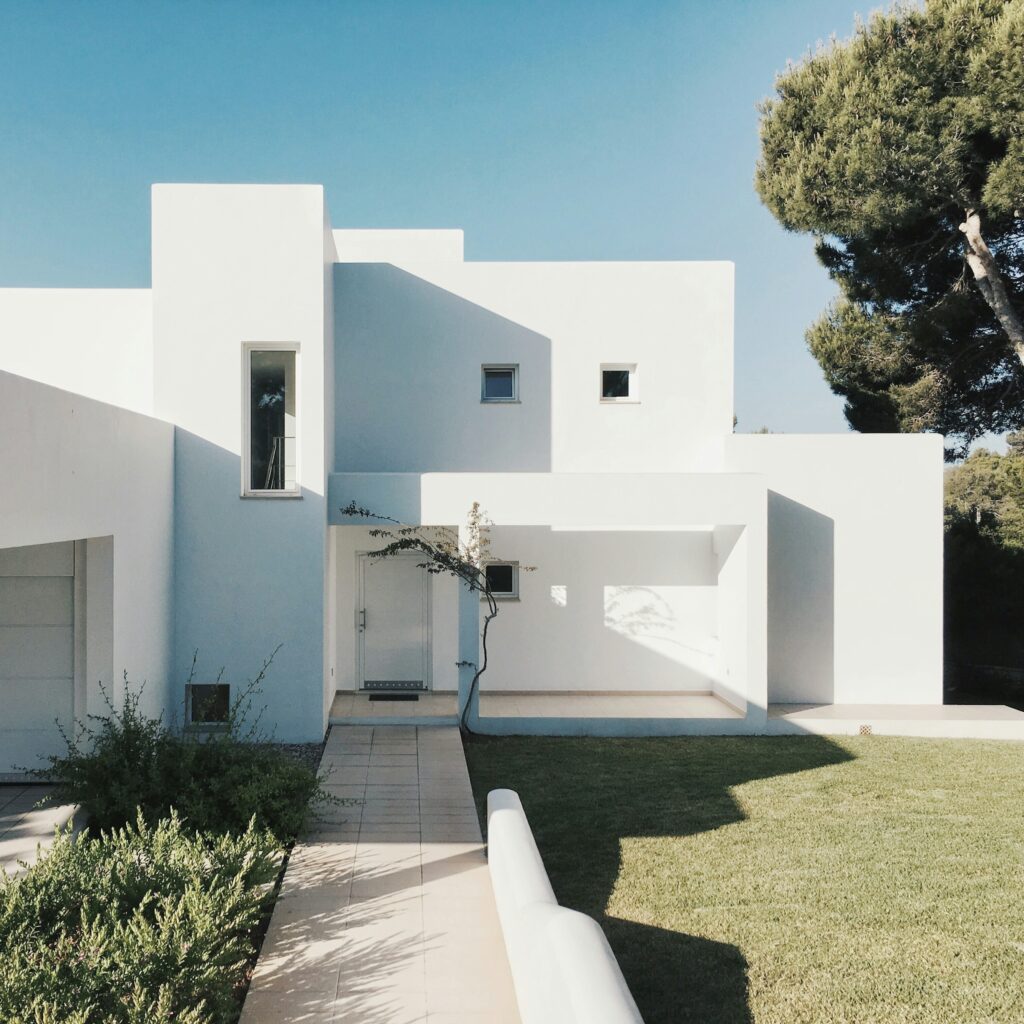Designing Beautiful Landscapes with Low Water Usage
In today’s world, where water conservation is becoming increasingly crucial, designing landscapes that are both visually stunning and environmentally friendly is a top priority for many homeowners and garden enthusiasts. With concerns about water scarcity and the need to reduce water consumption, creating landscapes with low water usage has gained significant traction. Fortunately, with thoughtful planning and strategic choices, it’s entirely possible to design beautiful landscapes that thrive while minimizing water usage.

Understanding the Importance of Water Conservation in Landscaping
Water is a precious resource, and traditional landscaping practices often involve excessive water consumption. However, with growing environmental awareness, there’s a shift towards sustainable landscaping techniques that prioritize water conservation. Designing landscapes with low water usage not only helps preserve this valuable resource but also reduces water bills and maintenance efforts.
Planning a Low Water Usage Landscape
The key to designing a landscape with low water usage begins with careful planning. Before diving into plant selection or layout design, it’s essential to assess the site’s environmental conditions, including soil type, sun exposure, and climate. Understanding these factors will inform your decisions and ensure the success of your low-water landscape.
Choosing Drought-Tolerant Plants
One of the cornerstones of a low water-usage landscape is selecting plants that are well-suited to survive with minimal irrigation. Drought-tolerant plants, also known as xerophytes, have adapted to thrive in arid conditions, making them ideal choices for water-efficient landscaping. These plants come in a variety of shapes, sizes, and colors, allowing for diverse and visually appealing garden designs.
Popular drought-tolerant plant choices include succulents, such as agave and sedum, which store water in their leaves, as well as native grasses and wildflowers that are naturally adapted to local climate conditions. By incorporating these plants into your landscape design, you can create a vibrant and water-efficient garden that requires minimal maintenance.
Implementing Water-Saving Techniques
In addition to selecting drought-tolerant plants, there are various water-saving techniques that can further reduce water usage in your landscape. One effective method is the use of mulch, which helps retain soil moisture, suppresses weed growth, and insulates plant roots from temperature fluctuations. Organic mulches, such as wood chips or shredded bark, not only conserve water but also improve soil health as they decompose.
Another strategy is to group plants with similar water needs together, creating hydrozones within your landscape. By grouping plants according to their irrigation requirements, you can ensure that each area receives the appropriate amount of water, minimizing waste and maximizing efficiency.
Incorporating Sustainable Design Elements
In addition to plant selection and irrigation strategies, incorporating sustainable design elements can further enhance the water efficiency of your landscape. For example, incorporating permeable paving materials, such as gravel or permeable concrete, allows rainwater to infiltrate the soil instead of running off into storm drains. Rainwater harvesting systems, such as rain barrels or cisterns, can capture and store rainwater for later use in irrigation, reducing the need for supplemental watering.
Maintaining Your Low Water Usage Landscape
Once your low water-usage landscape is established, proper maintenance is essential to ensure its continued success. Regular monitoring of soil moisture levels, adjusting irrigation schedules as needed, and promptly addressing any issues such as pest infestations or plant diseases are crucial for maintaining a healthy and thriving landscape.
In conclusion, designing beautiful landscapes with low water usage is not only environmentally responsible but also practical and cost-effective. By carefully selecting drought-tolerant plants, implementing water-saving techniques, and incorporating sustainable design elements, you can create a landscape that not only conserves water but also enhances the beauty and functionality of your outdoor space. With a little planning and creativity, you can enjoy a vibrant and sustainable garden that reflects your commitment to environmental stewardship.
